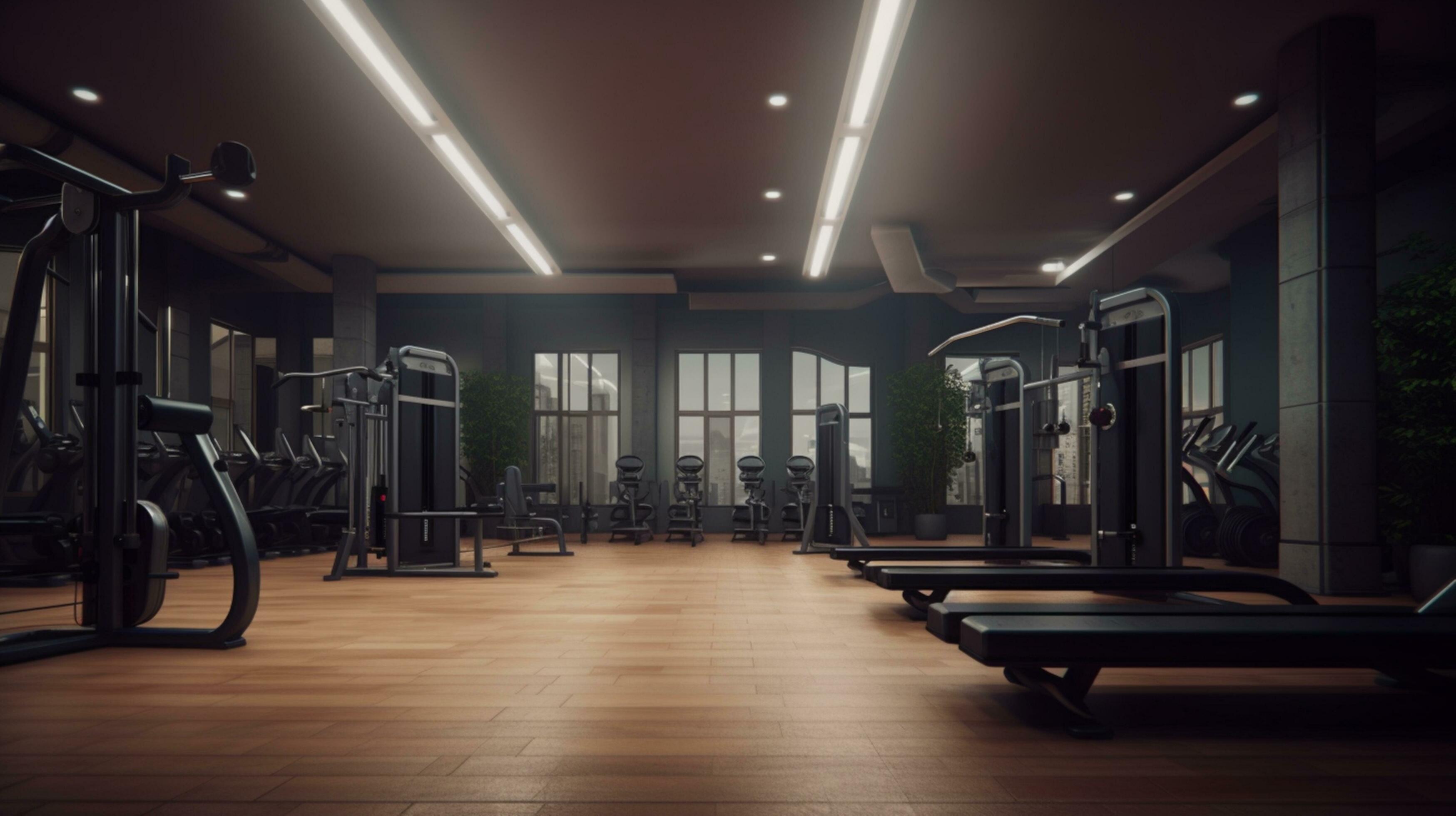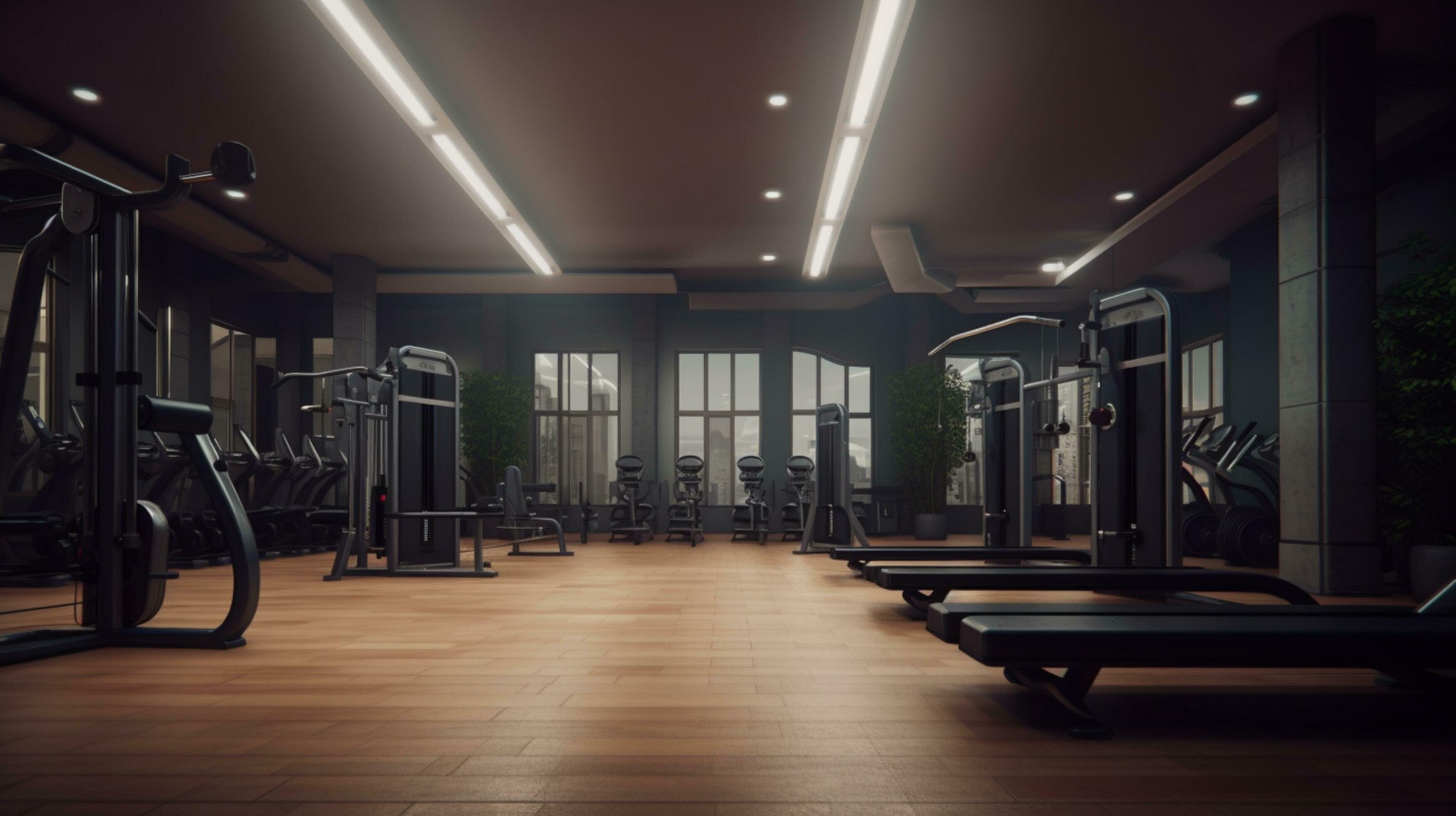-
-$50.00
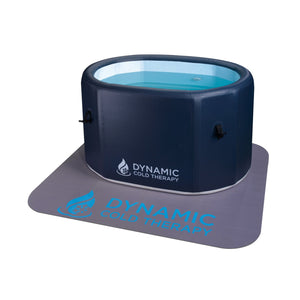
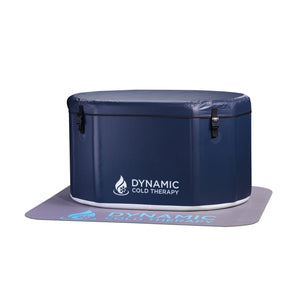
Dynamic Cold Therapy Inflatable Oval Cold Plunge | Chiller Not Included - Sold Separate | DCT-IO-052
Regular price $849.00Sale price $849.00 Regular price$899.00You Saved $50.00 -
-$50.00
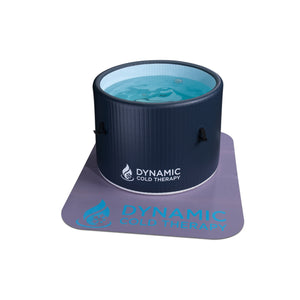
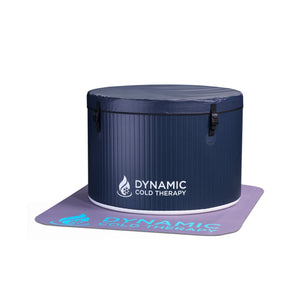
Dynamic Cold Therapy Inflatable Round Spa Dynamic Cold Therapy | Chiller Not Included - Sold Separate | DCT-IR-040
Regular price $849.00Sale price $849.00 Regular price$899.00You Saved $50.00 -
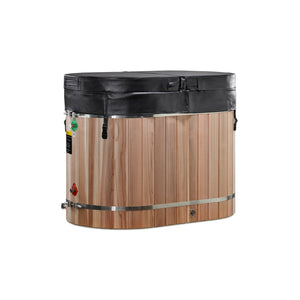
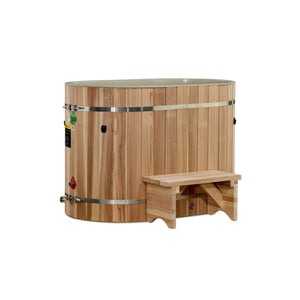
Dynamic Cold Therapy Oval Barrel Tub (50-P) Pacific Cedar - 3/4 IN-OUT without Motor | Chiller Not Included - Sold Separate | DCT-BO-50-PLPC-34
Regular price $2,299.00Sale price $2,299.00 Regular price -


Hooga Laser Light Therapy Helmet
Regular price $499.00Sale price $499.00 Regular price -


Hooga Red Light Therapy - HG Series
Regular price From $129.00Sale price From $129.00 Regular price -


Hooga Red Light Therapy - PRO Series
Regular price From $289.00Sale price From $289.00 Regular price -


Hooga Red Light Therapy - ULTRA Series
Regular price From $399.00Sale price From $399.00 Regular price -


Hooga Red Light Therapy Pod
Regular price $1,399.00Sale price $1,399.00 Regular price -


Hooga SaunaPRO Red Light Therapy Panel
Regular price $999.00Sale price $999.00 Regular price -
Sold out
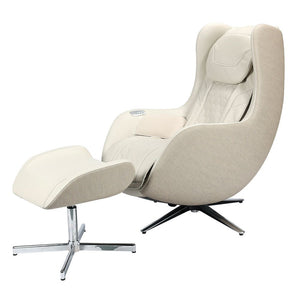
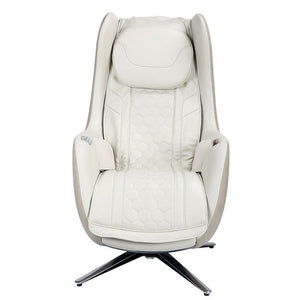
Kahuna Chair Compact Dios Hani Massage Chair
Regular price $1,799.00Sale price $1,799.00 Regular price$2,899.00You Saved $1,100.00 -
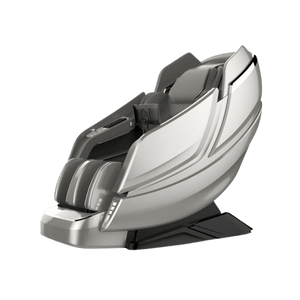
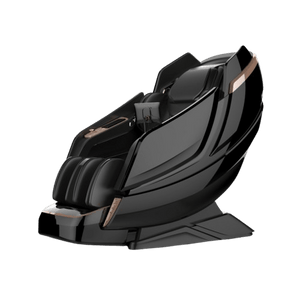
Kahuna Dios-1288 Massage Chair - 8D Dual Air Tech, SL-Track, Brain Relaxation, Zero Gravity
Regular price $16,999.00Sale price $16,999.00 Regular price -
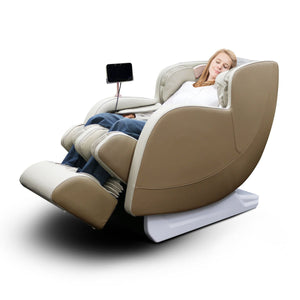
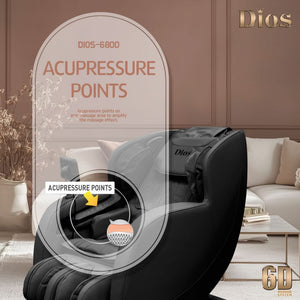
Kahuna Dios-6800 Massage Chair - 6D Dual Core, Zero Gravity, Bluetooth
Regular price $3,799.00Sale price $3,799.00 Regular price -
Sold out
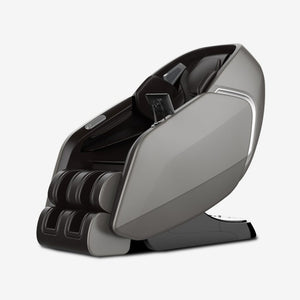
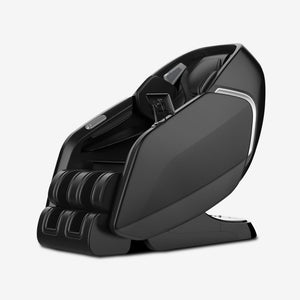
Kahuna Dios-7300 7D Dual Core Massage Chair with SL-Track, Zero Gravity, and Calf Kneading
Regular price $6,399.00Sale price $6,399.00 Regular price -
-$200.00


Kineon MOVE+ Pro Red Light Therapy Device for Joint Pain Relief, Inflammation Reduction & Healing
Regular price $499.00Sale price $499.00 Regular price$699.00You Saved $200.00 -
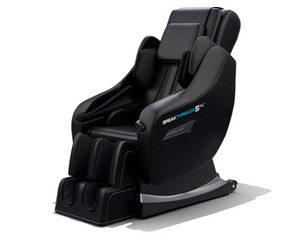
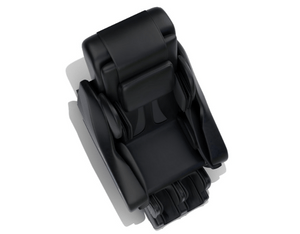
Medical Breakthrough 5 Massage Chair 3.0 - True 4D Deep Tissue, Zero Gravity, Personalized Massage
Regular price From $5,599.00Sale price From $5,599.00 Regular price -
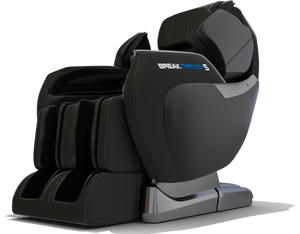
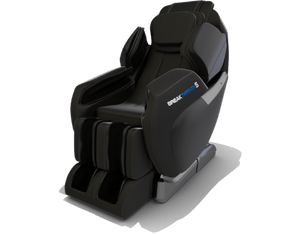
Medical Breakthrough 5 Massage Chair V2.0 - L Track with Reflexology, Zero Gravity & 4D Deep Tissue
Regular price From $5,599.00Sale price From $5,599.00 Regular price
Recovery — Tools to Reduce Soreness, Restore Range, and Recharge
Build a sustainable recovery routine with big-impact modalities: cold plunges, precision chillers, compression boots, red light therapy, hyperbaric chambers, and sensory deprivation tanks. Mix methods to manage soreness, improve circulation, and support sleep and readiness.
Compression and targeted light to ease heaviness.
Short, potent sessions to stimulate recovery.
Float and hyperbaric options for focused sessions.
Simple weekly protocols that are easy to repeat.
Recovery — Frequently Asked Questions
How long should a cold plunge be?
Do I need a chiller for my plunge?
Will cold exposure blunt muscle gains?
What does “compression boots” actually do?
How often should I use red light therapy?
Hyperbaric chambers: what are the basics?
Are there safety considerations for hyperbaric use?
Sensory deprivation (float) tanks: how long and how often?
Can I combine modalities on the same day?
Do I need special flooring or power?
How do I track whether it’s working?
Any general cautions?
Product Lineup
Cold Plunge Tub Cold
Best For: Potent recovery stimulus in minutes
Hyperbaric Chambers mHBOT
Best For: Pressurized sessions in home/clinic settings
Key Benefits of a Recovery Routine
- Manage soreness and stiffness between training days.
- Support circulation and mobility for better movement quality.
- Anchor habits that help sleep, stress reduction, and consistency.
- Scale protocols to seasons, sport, and schedule.
Compare Recovery Modalities
| Modality | Main Effect | Session Time | Frequency | Best For | Shop |
|---|---|---|---|---|---|
| Cold Plunge | Acute stimulus; alertness | 1–5 min | 2–5×/week | Post-conditioning, off days | Redwood Barrel |
| Chiller Unit | Temperature control | — | — | Year-round cold protocols | Alaskan 1.0 HP |
| Compression Boots | Leg flushing | 15–30 min | 3–7×/week | Heavy leg days, runners | ReAthlete Air C Pro |
| Red Light Therapy | Targeted support | 5–15 min/area | 3–7×/week | Local soreness/stiffness | Hooga HGPRO500 |
| Hyperbaric Chambers | Pressurized environment | 60–90 min | Varies by protocol | Structured sessions (home/clinic) | View Collection |
| Sensory Deprivation Tanks | Sensory reduction & relaxation | 45–90 min | 1–2×/week | Deep reset & stress relief | View Collection |
Space & Placement Guide
Plan for safe usage, ventilation, and power/water needs where relevant.
| Category | Typical Space | Placement Notes | Power/Water |
|---|---|---|---|
| Cold Plunge Tub | ~70–85″ L × 30–36″ W | Drain access; splash zone; non-slip mat | Chiller requires outlet; hose/drain helpful |
| Chiller Unit | ~18–30″ L × 12–20″ W | Ventilation around intake/exhaust | Dedicated outlet; follow amp rating |
| Compression Boots | Chair + device space | Leg elevation for comfort | Outlet or battery pack |
| Red Light Devices | Wall/stand area | Set distance per device guidance | Standard outlet |
| Hyperbaric Chambers | Varies: soft chambers often 7–9′ L | Clear route; oxygen/compressor placement; no ignition sources | Dedicated circuits for compressor/concentrator |
| Sensory Deprivation Tanks | Room for tank + entry/exit | Moisture control, ventilation, sound management | Outlet(s); water fill/drain solutions |
Delivery Path Checklist
For large/heavy items (plunges, hyperbaric, float tanks): measure the narrowest point from curb to room of choice and compare to boxed or assembled dimensions.
- Doorways: Clear width; removing doors may add ~⅝–¾″.
- Hallway Turns: Confirm corner clearance and overhead fixtures.
- Stairs/Elevators: Check landing depth, headroom, and cab size/weight limits.
- Final Room: Space to stage panels/tub and assemble safely; protect floors.
- Utilities: Verify dedicated outlets (hyperbaric compressors/concentrators; chillers) and nearby drainage for tanks.
| Item | Typical Box Width | Pro Tip |
|---|---|---|
| Cold Plunge Tub | ~28–34″ | Use sliders; protect thresholds from scraping. |
| Chiller Unit | ~16–22″ | Maintain airflow clearance on all vents. |
| Hyperbaric Chamber | Varies (long cartons) | Unbox near room; plan compressor/concentrator placement. |
| Sensory Deprivation Tank | Panelized or large shells | Check moisture management and floor load beforehand. |
Care, Warranty & Shipping
Follow device manuals for safe operation and cleaning. For plunges: maintain water chemistry/filtration and clean filters on schedule. For compression/red light: inspect cables/zippers regularly. For hyperbaric/float: adhere strictly to setup and ventilation guidelines.
Helpful links: Shipping • Returns • Contact Us
